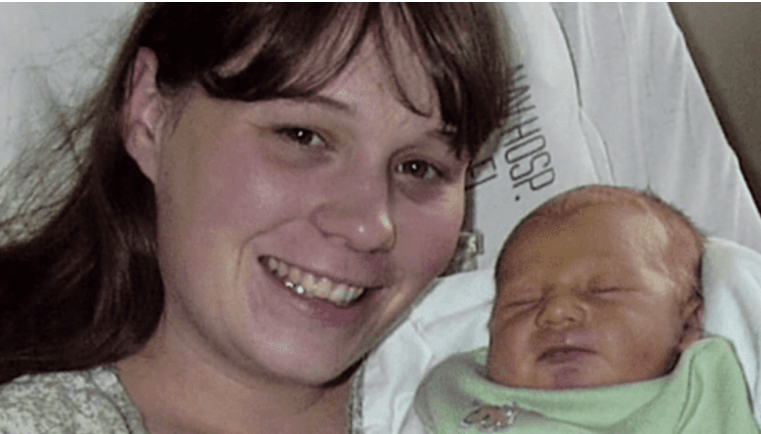A portion of an epidural needle was discovered lodged in the spine of a woman who gave birth fourteen years ago.
Amy Bright gave birth to her son via C-section in 2003 at Naval Hospital Jacksonville, where she received spinal anesthesia.
She started experiencing pain in her back soon after, leading to years of medication and misdiagnoses.

“It feels like fire, like a poker next to my tailbone,” Bright said. “And then on occasion, it shoots down the left side of my leg on my calf, like my calf side, and then down and into my foot.”
It wasn’t until she got a CT scan last November, she said, that she found out the pain was caused by part of a needle, which was about 3 centimeters, or an inch long. Two centimeters of the needle are in the space surrounding her spinal cord, and Bright is now suing the hospital for malpractice.
“It’s just devastating, it’s absolutely wrong what they did to me,” Bright said at a press conference. “Who doesn’t tell you? Who does that?”
When asked for comment, Naval Hospital Jacksonville directed BuzzFeed News to the Justice Department, which declined to comment at this time.

“The needle is actually touching the nerve that leads to my left leg, so imagine going through daily [life], walking down the road, not knowing if you’re going to fall,” Bright.
“If it just moves a little bit I could be paralyzed.”
Bright’s lawyer, Sean B. Cronin, told experts determined that doctors must have known something went wrong.
“These needles are about 9 or 10 centimeters and they have a tip on the end that the provider is supposed to inspect to make sure they have the whole needle. They knew this was in her, according to our experts, because so much of the needle was missing. And the safety tip is still in her,” he told People.
In a press conference, Cronin — who specializes in medical malpractice — said he’s never seen anything like it.
“I’ve never seen a piece of needle that’s broken off and left in someone’s spine,” he said.
“It’s outrageous.”

Dr. McCallum R. Hoyt, chair of the American Society of Anesthesiologists Committee on Obstetric Anesthesia, mentioned that she’s never encountered a spinal needle break before, but the potential complications would depend on where the needle is located.
She also clarified that the case did not involve an epidural needle, as some outlets have reported, but a spinal needle, and that she couldn’t comment on Bright’s case specifically. Epidural needles are not inserted into the fluid surrounding the spinal cord, while spinal needs are inserted into that space.
“The anesthesia provider should be mindful of the construction of the needle and not be overly aggressive in advancing it if there is a great deal of resistance,” she explained. “The difference in advancing through ligament vs. bone is easily detectable.”





